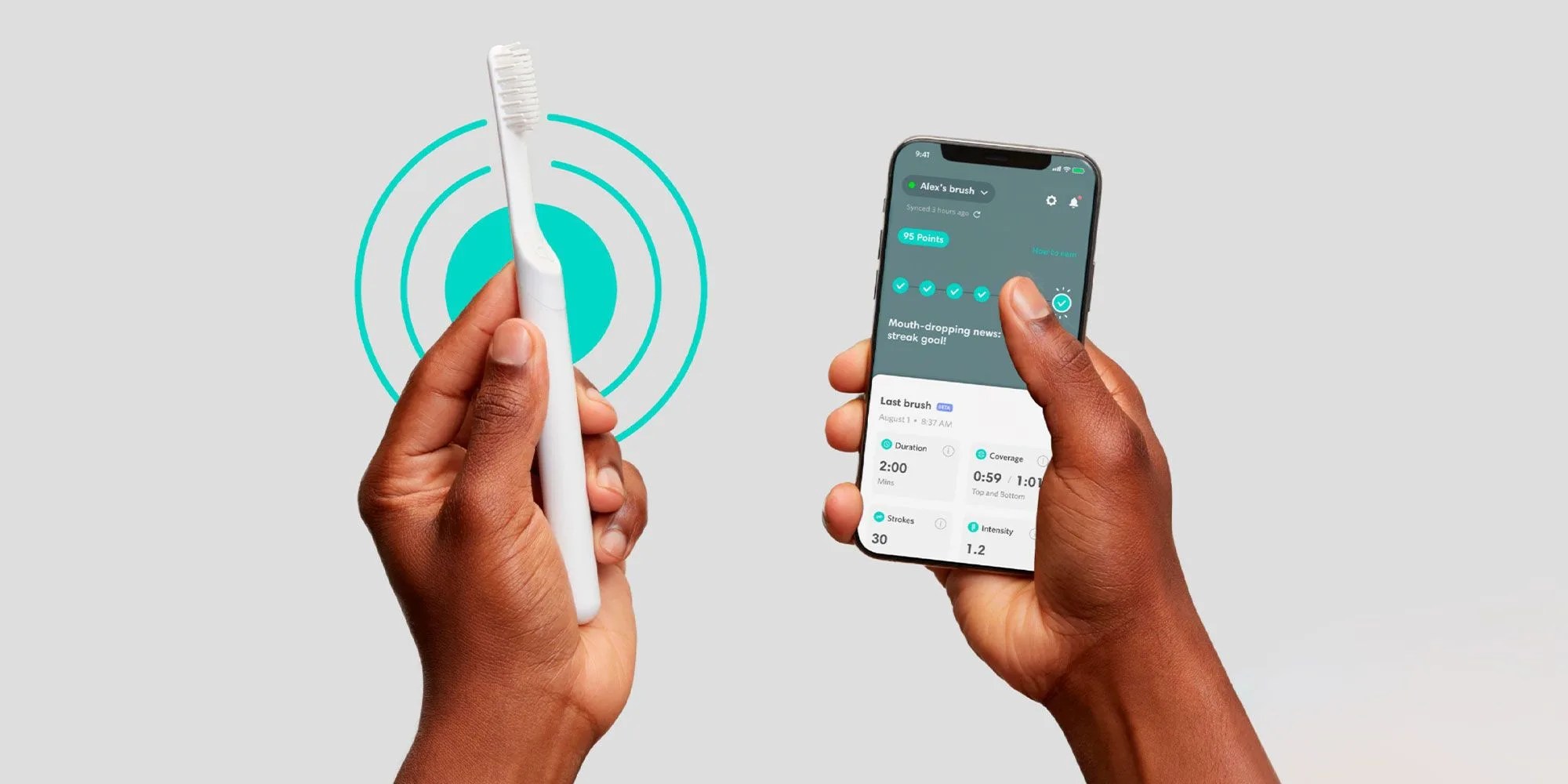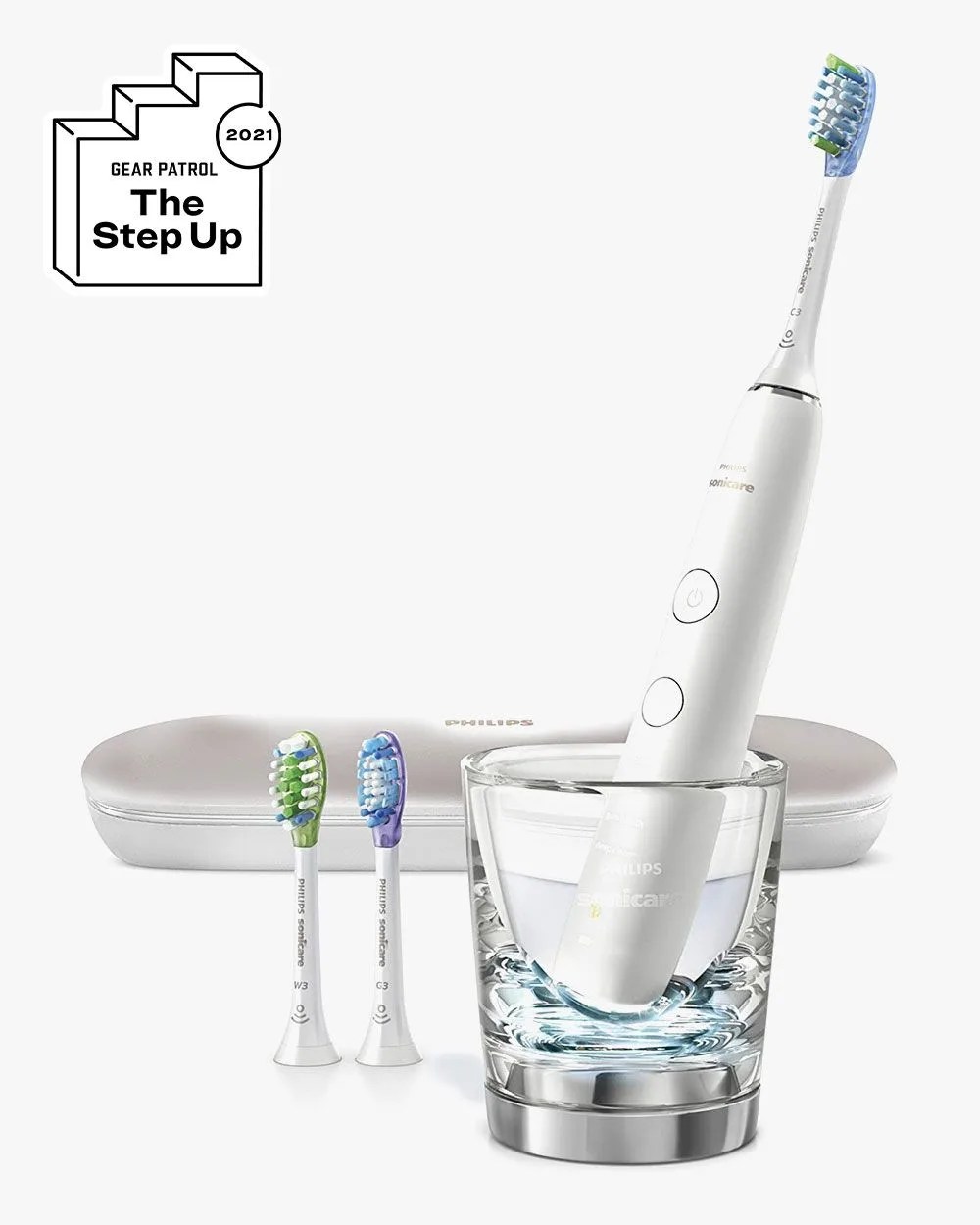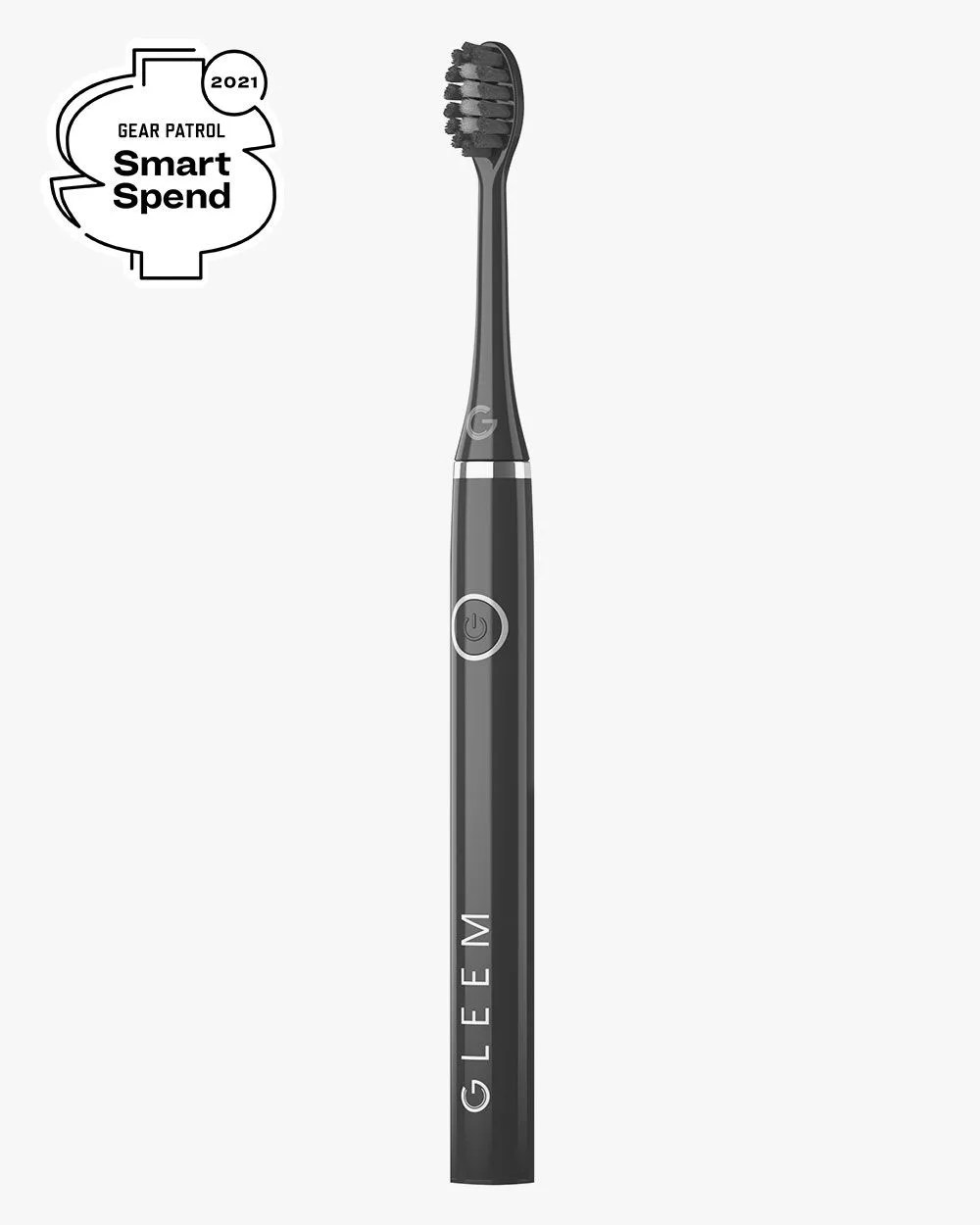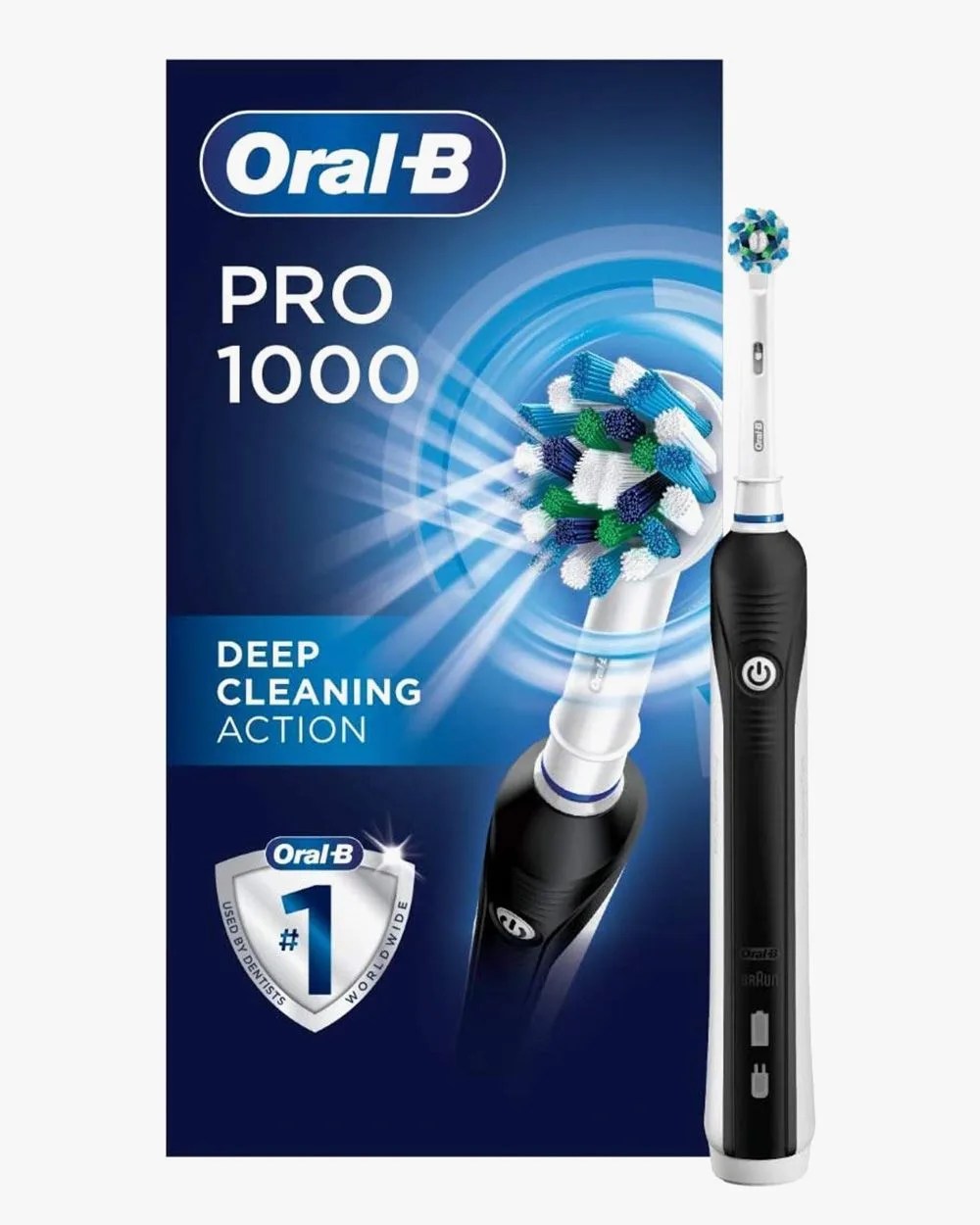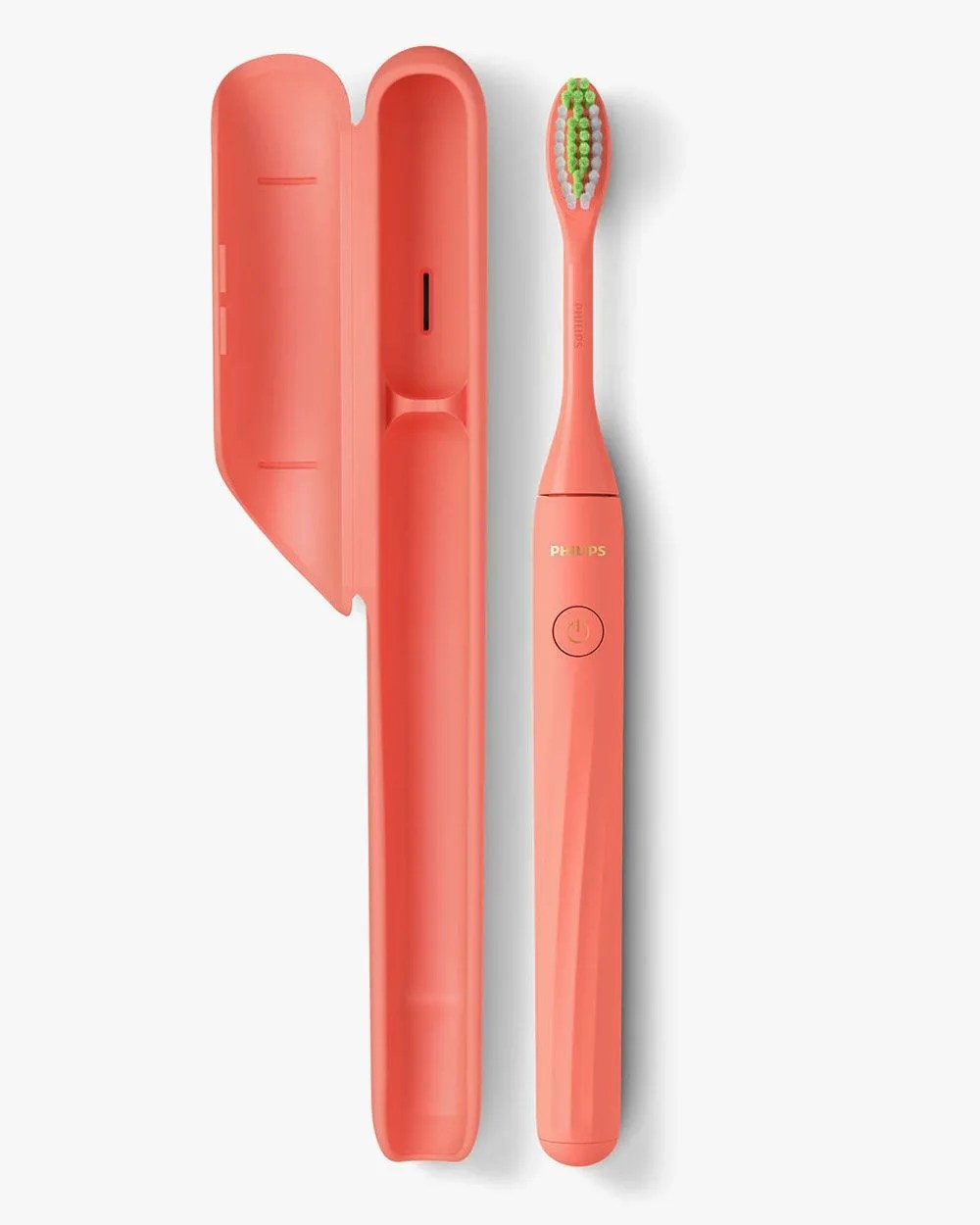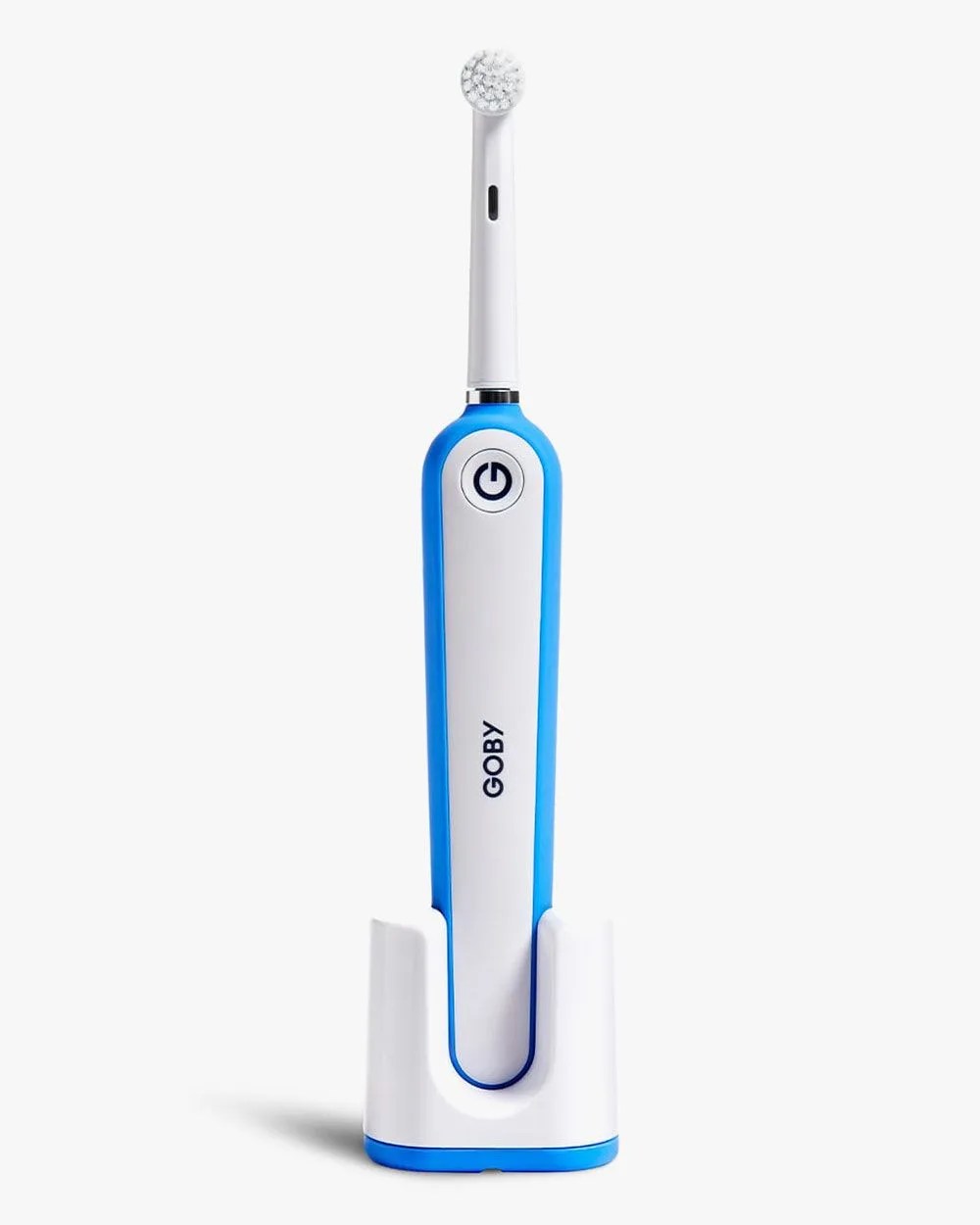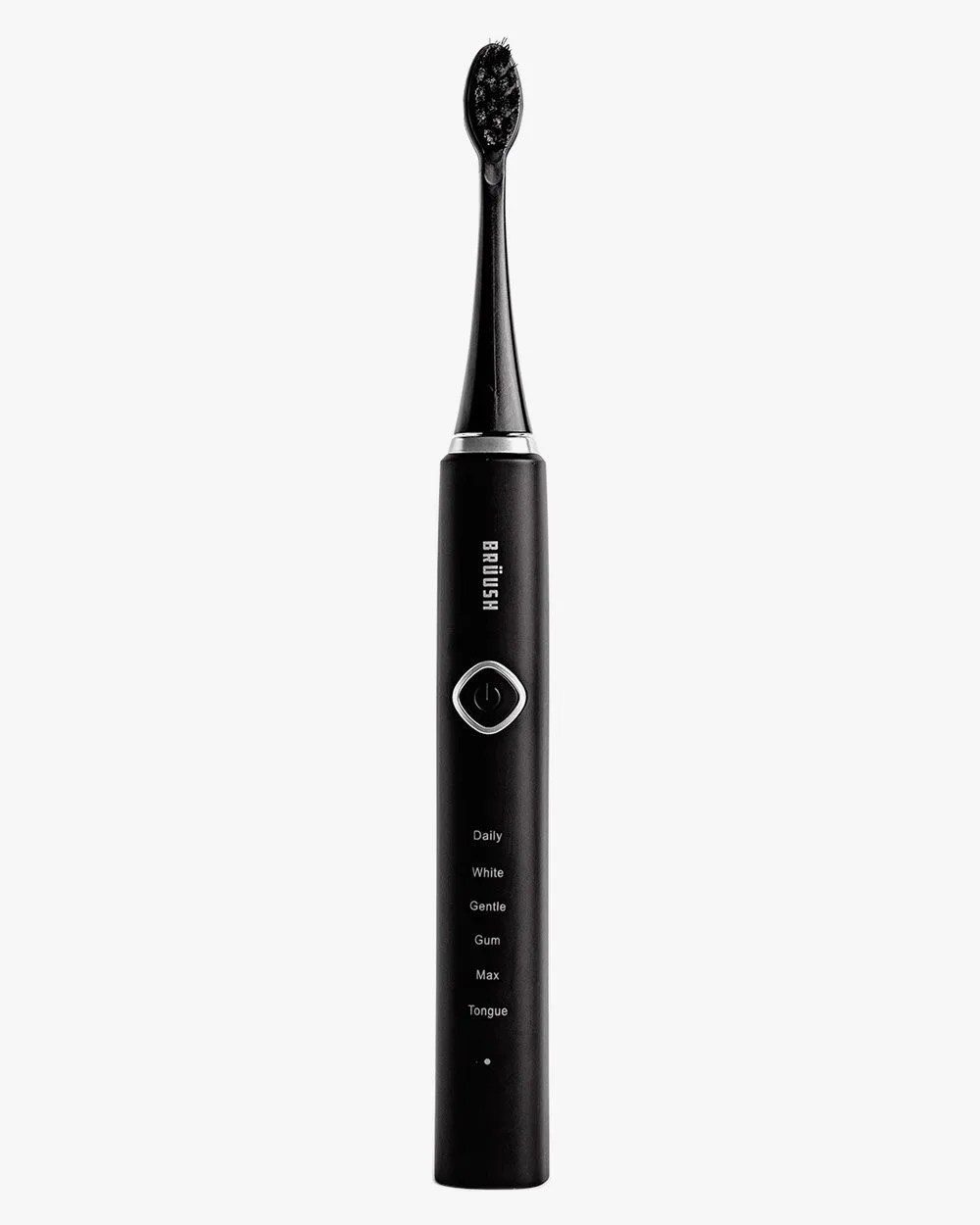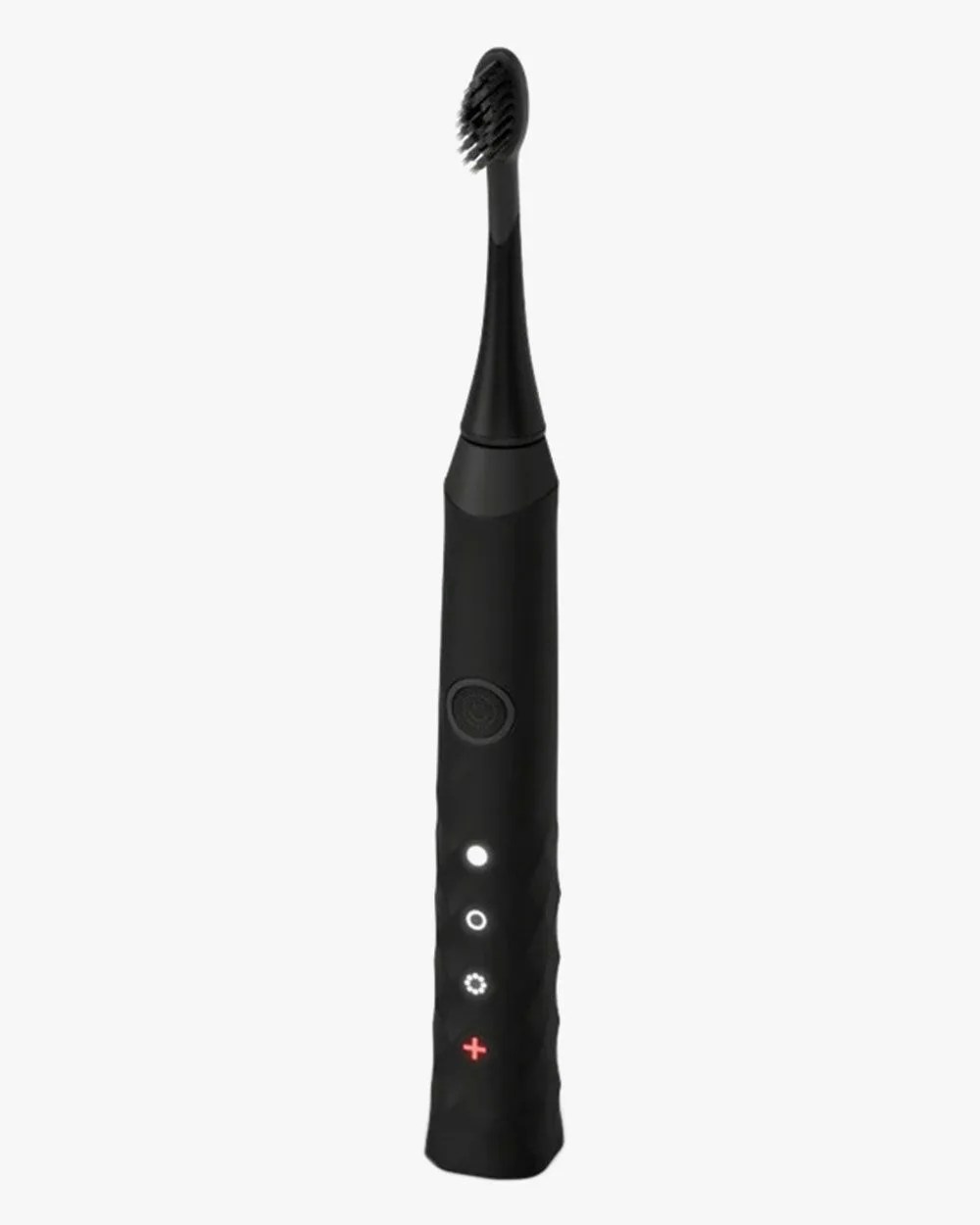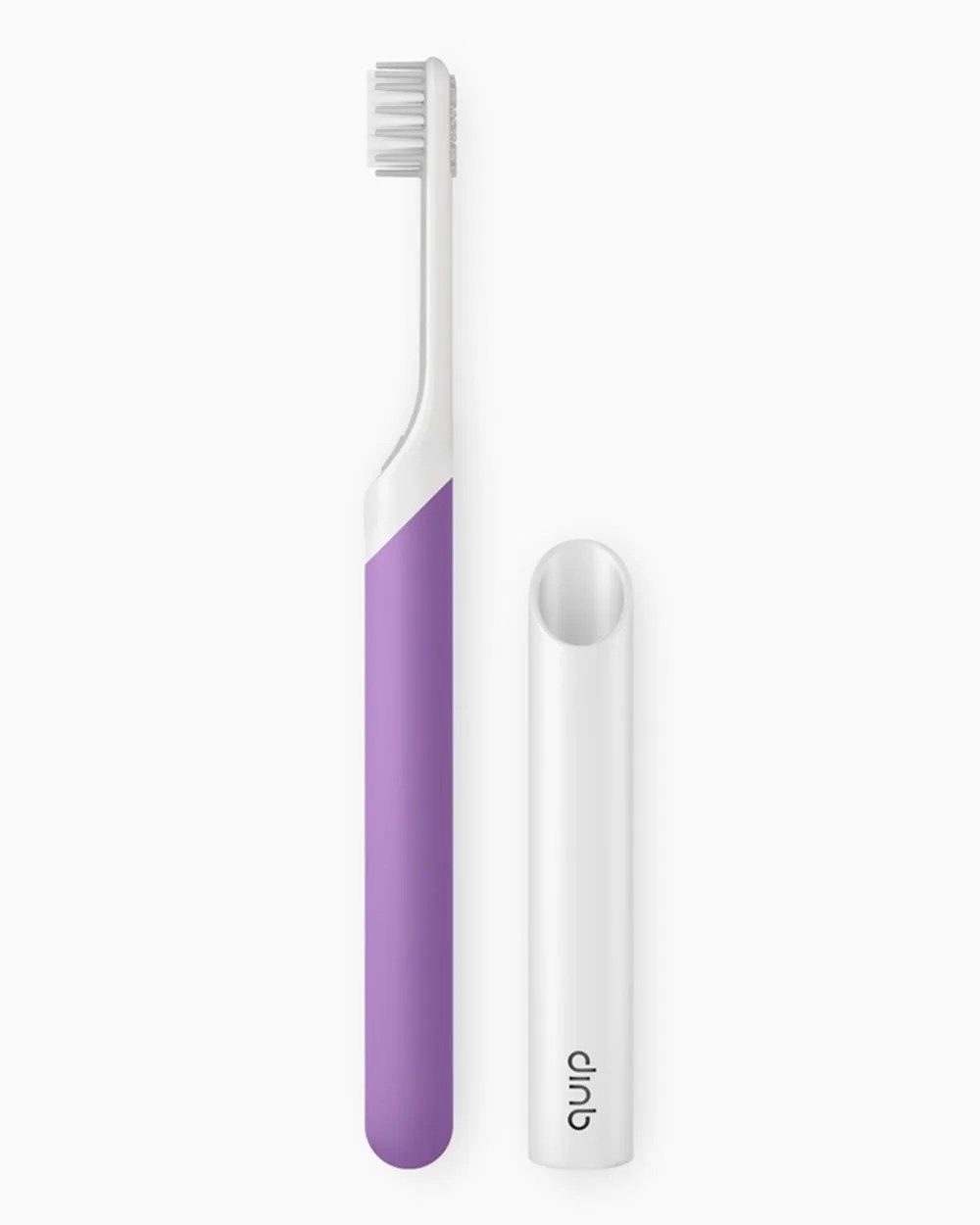For over a year, we’ve see everyone from the nose and up. Hopefully that hasn’t prompted anyone to forgo dental hygiene. Electric toothbrushes are undeniably better than their manual counterparts (one would hope the marketing schemes aren’t just smoke and mirrors). While just owning an electric toothbrush won’t give you a million dollar smile, it will significantly improve your oral hygiene game. Many brushes these days come with extraneous apps and features that make you feel like you need to be a dentist or orthodontist to know what’s going on. We took a bunch of electric toothbrushes to the test to find ones that are worth your time and money. These 10 great electric toothbrushes will give you a smile that shines through in even the most dull Zoom meeting.
Are electric toothbrushes better than manual toothbrushes?
Yes, objectively electric toothbrushes help you to replicate the kind of cleaning you’d receive at the dentist. According to a study by the Oral Health Foundation, those who brush with a powered toothbrush have healthier gums and less tooth decay than those who brush with a manual toothbrush. Electric toothbrushes are especially good for those with limited mobility, since an electric toothbrush’s bristle movement eliminates the need to vigorously scrub your teeth. They also keep track of time so you’re brushing for a full two minutes, and some (the “smart” electric toothbrushes) will keep track of your oral hygiene so when you roll up to your dentist’s office you have a record of how well you’re doing.
How do I brush with an electric toothbrush?
Brushing with an electric toothbrush may feel jarring if you’re just coming off using a manual one, mainly because you don’t have to forcefully brush your teeth. Instead, let the toothbrush do the work, slowly going over your teeth. You’re trying to clean your teeth, not shave them down to nubs. The American Dental Association recommends brushing your teeth for two minutes, twice a day. When brushing with an electric toothbrush, divide your mouth into quadrants — or four sections — so you can ensure each part of your mouth gets an equal amount of care. This would mean you brush the top right, top left, bottom left and bottom right of your mouth for 30 seconds in each section.
Is an electric toothbrush worth it?
The price range for an electric toothbrush varies drastically (our cheapest is $20, and our splurge pick is $200). The more you pay, the more functions you’ll get, but generally, yes, electric toothbrushes are worth the money. Invest in your oral hygiene now so your future isn’t filled with constant trips to the orthodontist. Shopping for an electric toothbrush will also mean taking into account the price for replacement toothbrush heads. Similarly to replacing manual toothbrushes, brush heads should be replaced three to four months, according to the American Dental Association.
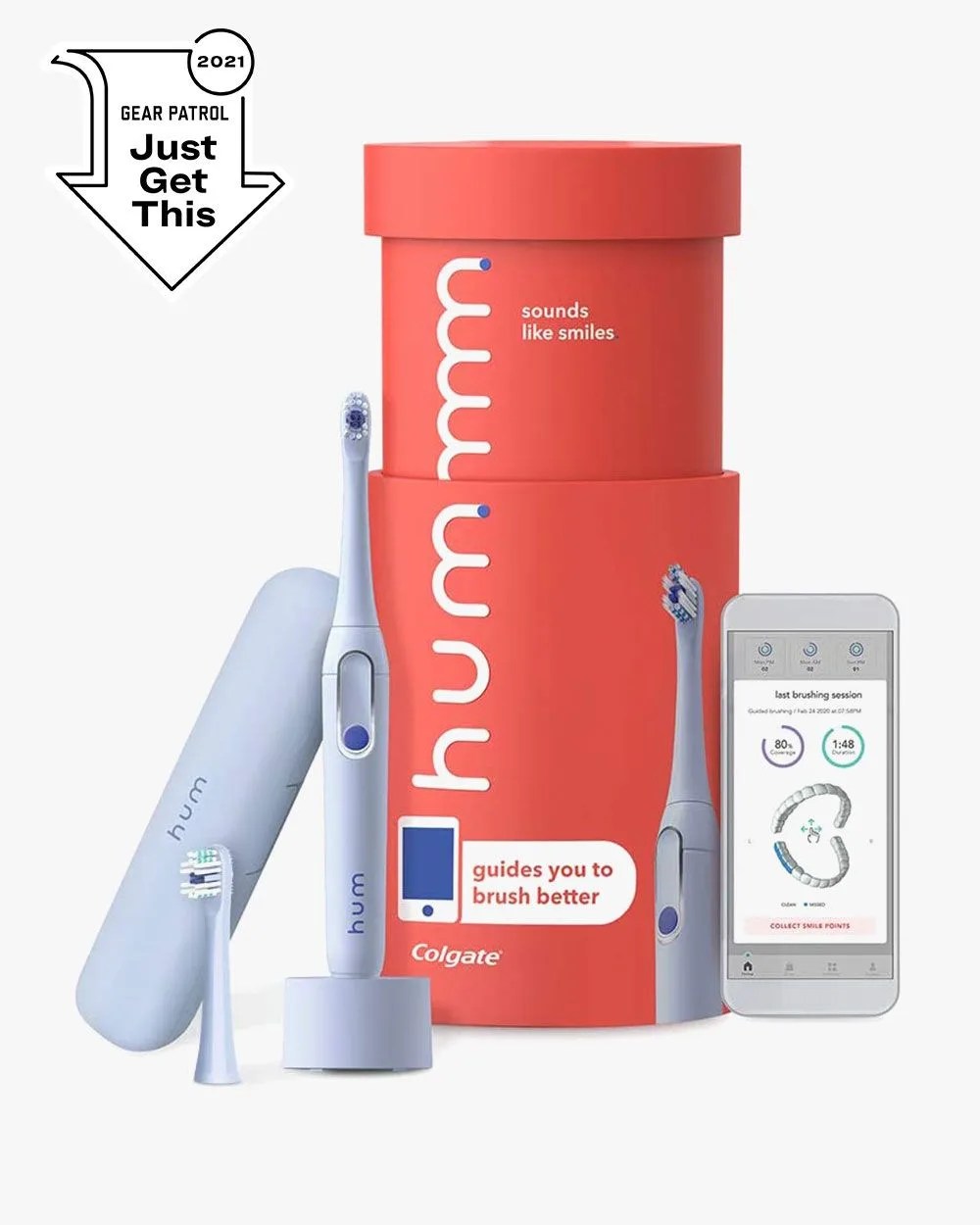 Colgate
ColgateBest Overall Electric Toothbrush: Hum by Colgate
-
$80.00 (13% off)
Most associate Colgate more with toothpaste than toothbrushes, but Hum, released in 2020, proves that the brand is an all-around exceptional oral hygiene brand. The $70 rechargeable toothbrush (also available in a $50 battery-powered model) is incredibly lightweight, so much so that it barely feels like I’m holding anything. With three cleaning modes — normal, sensitive and deep clean— Hum makes it approachable by offering speeds for people with varying teeth sensitivity. (Its battery-powered model only has two cleaning modes: normal and sensitive.) For someone who’s been using an electric toothbrush for almost all my life, I found the sensitive setting to be a little too weak, but normal was satisfying. Deep clean was like a power wash and ended up being my daily setting.
